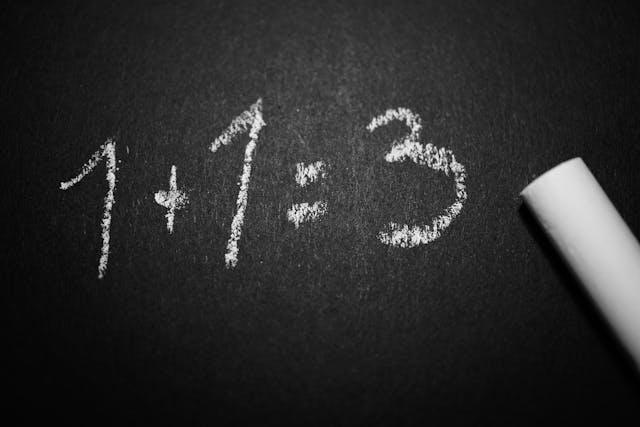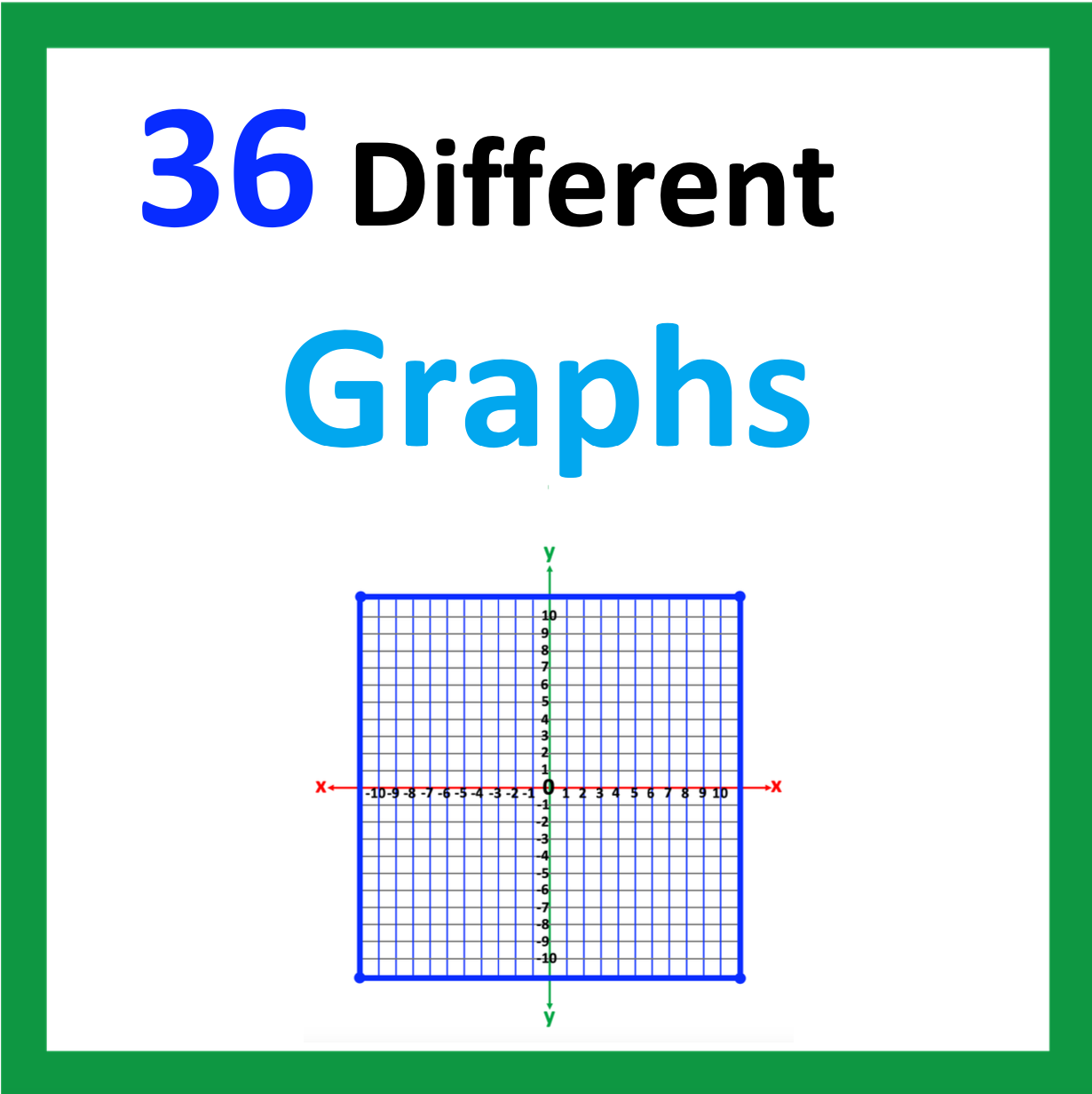How to Introduce Inequality Symbols Found in Math
Are you bracing yourself before introducing inequality symbols in math? This subject can be daunting for students to understand. Discover strategies to introduce inequality symbols in math.
#1 – Casual Class Discussion: Before Inequality Symbols Found in Math

Begin by providing a general class discussion to increase student understanding of the words “greater than” and “less than”. Compare things that are larger and smaller, higher and lower. For example, an adult cat is bigger than a kitten.
Sketch an illustration on the board. Next, verbalize the statement to model for students.
“An adult cat is bigger than a kitten. Which will weigh GREATER? An adult cat or the kitten?”
“An adult cat will weight GREATER THAN a kitten.”
“A kitten is smaller than an adult cat.” Which will weigh LESS? The adult cat or the kitten?
“A kitten will weigh LESS THAN an adult cat”.
As you share your examples, emphasize the words “GREATER than” and “LESS then”
Encourage students to share other examples.
#2 – Illustrate with Visuals

Give a couple more examples to compare size, weight, length and other comparisons.
1. Every-day objects: Fill one glass half full. Fill the other glass to the top.
2. Compare lengths: pencil lengths, classroom and hallway lengths
3. Compare weights: recess equipment, glue bottles
4. Compare height: student heights, bookcases, tables
Next, have students come up with their own comparisons. To accomplish this, arrange small group sizes of 3 – 4 students. Students will need paper and something to draw with. When grouping, be sure to include at least one student who demonstrates a good understanding of basic vocabulary. Instruct students to illustrate comparison examples. Next, students select a spokesperson of their group who will explain their example to the whole class. Provide each group an opportunity to share with the whole class.
To provide students opportunity for more movement, students may work at a whiteboard or easel.
#3 – Introduce: Inequality Symbols Found in Math

Introduce the Greater Than and Less Than Sign
Prior to showing students the inequality signs, write problems on the whiteboard that are not equal. Below are examples.
8 + 2 = 7
9 – 4 = 3
2 = 5
8 = 12
Students will be quick to notice that the answers are not correct. Upon their discovery, ask the students to explain why the answers are not correct.
Next, ask students to explain how these math examples are similar to the prior activity of comparing similar objects. Your response might be:
“Interesting. Can someone describe how these math problems are similar to our comparison activites?”
“Were the two things we compared EQUAL?”
“Was one thing GREATER THAN the other?”
“Was one thing LESS THAN the other?”
Provide students the opportunity to respond.
Follow their responses by going through each problem and asking which side is greater and which side is less.
Explain,
“Just as we have a sign in math to show equal amounts, we also have signs that are used when amounts are not equal. These are called inequality signs. These two signs look like the letter, “v” drawn side-ways.”
Illustrate these signs by drawing on the board. See the example below.
INEQUALITY SIGNS
Greater than >
Less than <
Return to the examples on the board and demonstrate how to write the inequality statement.
8 + 2 = 7
10 > 7
9 – 4 = 3
5 > 3
2 < 5
8 < 12
Also, write statements below each. Ask students to read the sentences out loud as you point to each one on the board. See below.
8 + 2 = 7
10 > 7
“Ten is greater than seven.”
9 – 4 = 3
5 > 3
“Five is greater than three.”
2 < 5
“Two is less than five.”
8 < 12
“Eight is less than twelve.”
Explain that an inequality is read from left to right, just like a sentence.
#4 – Confusion in the Direction of the Sign
When students use inequality symbols in math problems, the most common challenge is writing the symbols facing the correct direction. Below are suggestions to decrease this confusion.
1. Very likely you may be familiar with the statement: “The alligator eats the biggest number,” meaning the open portion of the sign is the mouth of the alligator. Though this is a helpful way to remember the direction of the sign, the student will best understand the inequality statement by reading it out loud, and then writing it as a sentence.
2. Think of the sign as an arrow. The arrow points to the smallest number.
Again, the student will best understand the inequality statement by reading it out loud, and then writing it as a sentence.
3. As a group, practice drawing the statement in the air with a crayon as the teacher demonstrates and reads the statement.
Next, repeat the process with students reading the inequality out loud as a whole group, in paired groups, and individually.
4. For guided practice, provide worksheets with large print that provides opportunity for students to read the statement and trace the sign and numbers.
5. Create inequality signs with pipe cleaners. On a dry-erase surface, write two numbers with enough space in between to place the pipe cleaner inequality sign. Students copy teacher examples and practice flipping the pipe cleaner inequality sign on their own dry-erase board as needed to make the statement correct.
The more opportunities students are provided to hear, see, and feel the shape of the sign, the more often students will correctly recognize the correct formation for inequality signs.
Conclusion
Through casual discussion, use of visuals, and multi-sensory practice, students have a GREATER chance for success with inequality symbols in math.
Another Post for You

Looking for More Materials?
Click the button below to view more of my educational resources!
